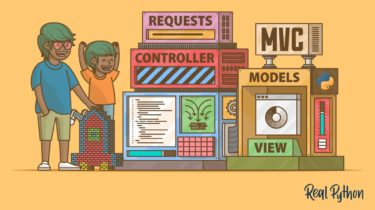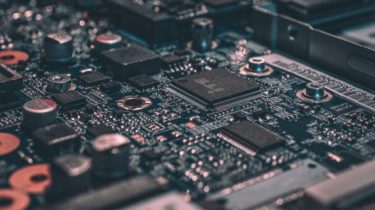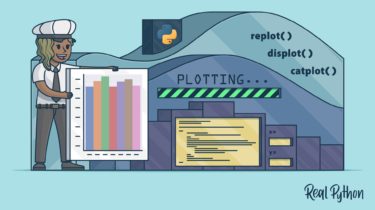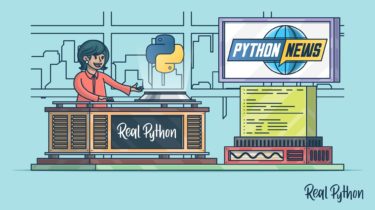SQLite and SQLAlchemy in Python: Move Your Data Beyond Flat Files
All programs process data in one form or another, and many need to be able to save and retrieve that data from one invocation to the next. Python, SQLite, and SQLAlchemy give your programs database functionality, allowing you to store data in a single file without the need for a database server. You can achieve similar results using flat files in any number of formats, including CSV, JSON, XML, and even custom formats. Flat files are often human-readable text files—though […]
Read more



